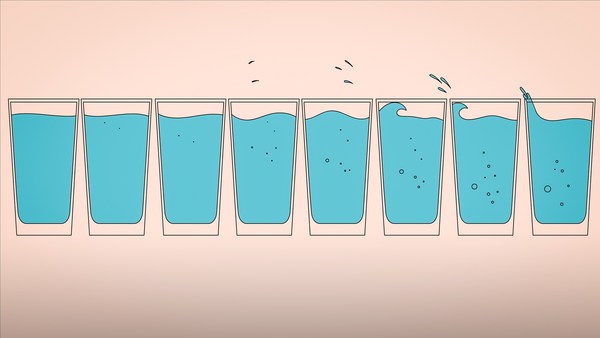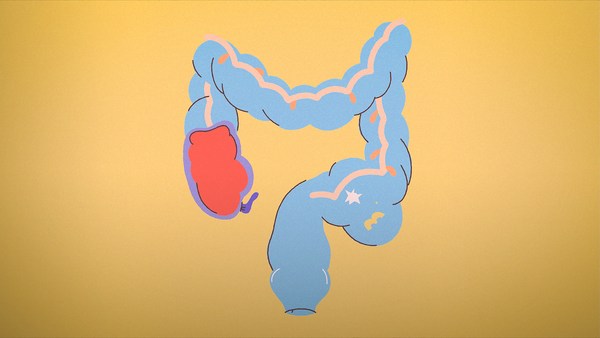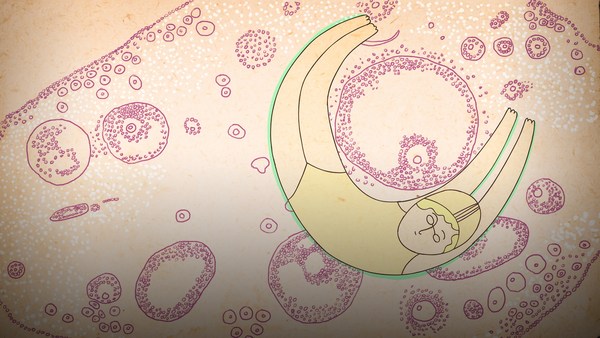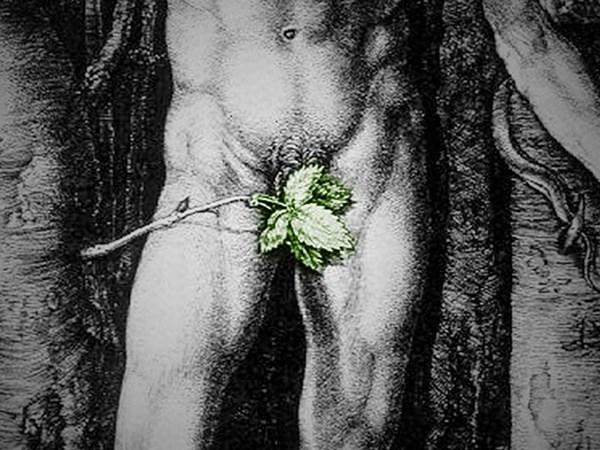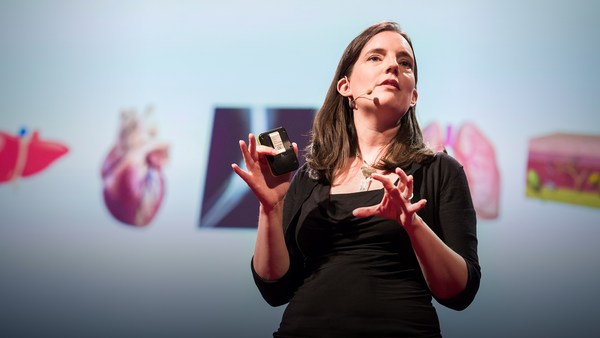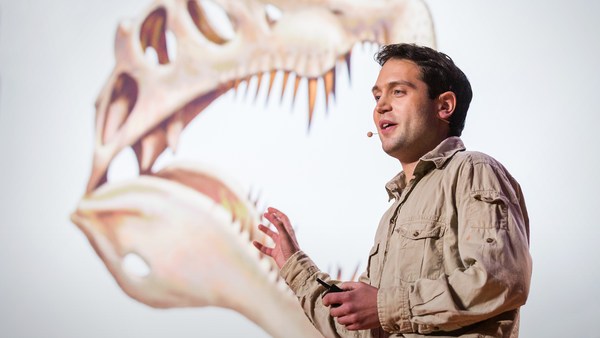You might believe that drinking milk, with all its calcium and vitamin D, is the one thing you need for strong and healthy bones. And it's a really nice message that sold a lot of milk over the years, but it's just not scientifically accurate.
(Music)
[Body Stuff with Dr. Jen Gunter]
When we focus on milk, we lose the bigger picture of bone health. So let's start at the beginning. Adults have 206 bones that form the main part of the skeletal system. They're the support structure or cage that protects our organs, but they do so much more. They work with our muscles to move our bodies, they store important minerals, they produce hormones, and they even make our blood.
Many people think of a Halloween skeleton when they imagine bone, but that only gives us a one-dimensional view. Bone actually has three layers. On the outside, there's the periosteum, a tough membrane that covers and protects. Next, there's a thick layer of compact bone, the white, hard, smooth part that most people are familiar with. But inside, there is spongy or trabecular bone, and an inner core filled with bone marrow, which contains stem cells that make blood and are constantly dividing.
Most people understand that our bones grow when we're kids and adolescents. We reach our peak bone mass in our 20s. What many people don't know is even after we stop growing, we are constantly removing old bone and replacing it with new. One estimate is enough bone is removed and replaced that a new skeleton is made every 10 years. After we reach our peak bone mass, bone removal starts to outpace replacement. This can eventually affect the integrity of the bone and it lowers the bone mass or the amount of bone that we have. The bone disease osteoporosis is an extreme version of this process. Bone loss outpaces replacement, and combined with other changes, this can lead to so much fragility that even small bumps or falls can create fractures.
Another cool fact about bones is they store calcium, so if intake is low, meaning not enough in our diet, the body draws calcium from the bone. This can also contribute to bone loss, so we need enough dietary calcium to maintain our bone. Vitamin D fits into the picture because it helps our body absorb calcium.
When we think of calcium and vitamin D, many of us picture a frosty glass of milk. Milk is not the only good source of calcium out there. Humans are creative omnivores. We can get calcium from a lot of other sources -- yogurt and cheese, for example -- but also look for leafy greens like spinach and kale, cruciferous vegetables like broccoli and cabbage, and proteins like tofu, nuts, beans, eggs and fish. Fortified cereals and orange juice are also good too, and chia seeds. And vitamin D is plentiful in fatty fishes, and our skin makes it from the sun. However, some people may need supplements.
Another important factor for bone health is exercise. Mechanical loading stimulates the cells that build bone and muscles pulling on the bone may do this as well. In fact, any activity that puts stress on your bones, like walking, jogging, dancing, racket sports, even strength training like doing weights, stimulates extra deposits of calcium and growth of new bone. In addition, stronger muscles can help with balance. And one of the best ways to prevent a hip fracture? Reducing falls with better balance. If milk is your thing, that's completely OK, but don't forget that bone health is so much more than just milk.
